Description
The Universal Motor is a highly versatile electric motor that operates efficiently on both
AC (Alternating Current) and DC (Direct Current) power sources. Designed with a
series-wound configuration, it delivers high-speed operation, adjustable speed control,
and powerful torque output, making it ideal for portable and high-performance applications.
Constructed with laminated stator and rotor components, universal motors minimize energy
loss and maximize efficiency. They incorporate a commutator and carbon brushes to facilitate
continuous power flow and torque direction, ensuring smooth operation across different power sources.
Despite their compact size, universal motors deliver exceptional starting torque, allowing for rapid
acceleration. They are widely used in power tools, household appliances, and industrial
applications where adjustable speed and high performance are essential.
Key Features:
✅ Dual Power Compatibility – Operates on both AC and DC power.
✅ High Starting Torque – Ensures rapid acceleration and strong performance.
✅ Adjustable Speed – Easily controlled using electronic or mechanical speed regulators.
✅ Compact & Lightweight – Ideal for portable and space-constrained applications.
✅ Affordable & Versatile – Suitable for a wide range of industrial and household uses.
Applications:
🔹 Power Tools – Drills, grinders, and saws.
🔹 Household Appliances – Vacuum cleaners, blenders, and sewing machines.
🔹 Personal Care Devices – Hairdryers and electric shavers.
🔹 Industrial Equipment – Small machine tools requiring variable speed control.
Specifications:
- Power Source: Compatible with AC & DC.
- Speed Control: Adjustable via resistors or electronic controllers.
- Material: High-quality laminated stator and rotor.
- Torque: High starting torque for heavy-load applications.
- Durability: Built with a commutator and brushes for efficient performance.

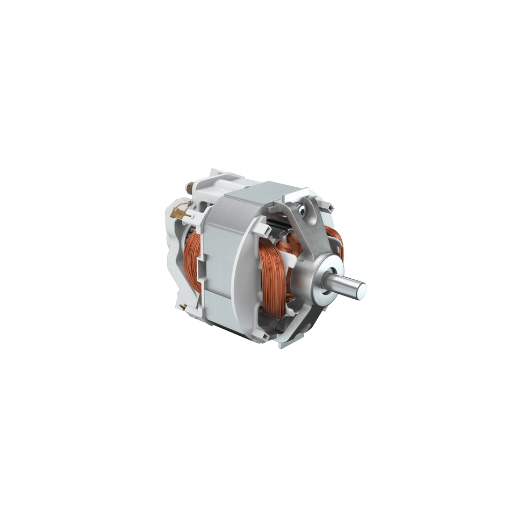


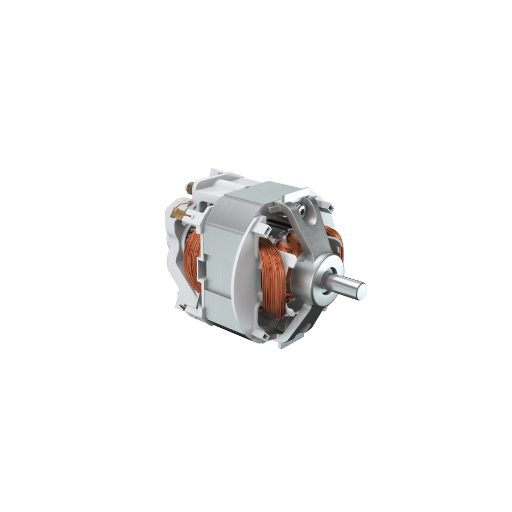

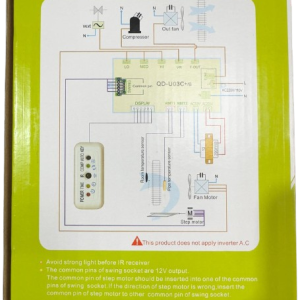
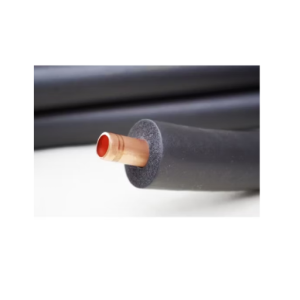
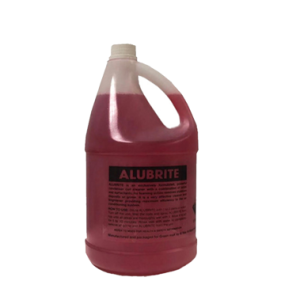
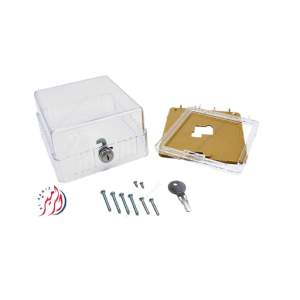
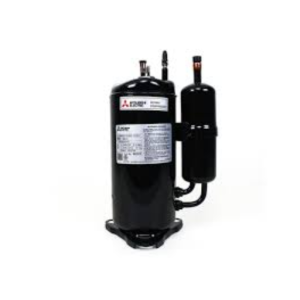
Reviews
There are no reviews yet.